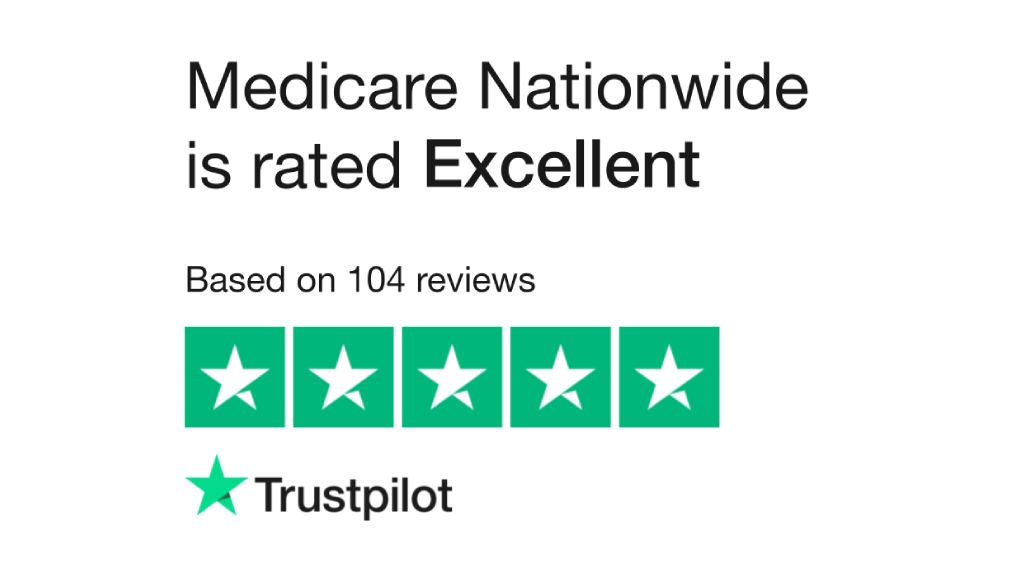Understanding Medicare Advantage and Medigap Plans
Medicare Advantage (Part C):
- An all-in-one alternative to Original Medicare.
- Combines Part A, Part B, and usually prescription drug coverage (Part D).
- Often includes additional benefits like dental, vision, and hearing.
- Usually has network restrictions.
Medigap Plans:
- Supplemental insurance plans that cover various out-of-pocket costs such as copayments, coinsurance, and deductibles.
- No network restrictions as long as the provider accepts Medicare.
Why Consider Making the Switch?
Here’s a chart to help you understand why some individuals consider transitioning from Medicare Advantage to a Medigap plan:
Reasons to Consider Switching | Details |
Desire for More Comprehensive Coverage | Medigap plans cover more out-of-pocket costs than Medicare Advantage. |
Preference for No Network Restrictions | Medigap plans do not have network restrictions, unlike Medicare Advantage. |
Changes in Health Needs | As health needs change, the comprehensive coverage of Medigap plans may become more appealing. |
Medigap Plan C vs. Plan G:
Feature | Plan C | Plan G |
Part A Coinsurance & hospital | ✓ | ✓ |
Part B coinsurance or copayment | ✓ | ✓ |
Blood (first 3 pints) | ✓ | ✓ |
Part A hospice care coinsurance | ✓ | ✓ |
Skilled nursing facility care | ✓ | ✓ |
Part A deductible | ✓ | ✓ |
Part B deductible | ✓ | |
Part B excess charges | ✓ | |
Foreign travel emergency | ✓ | ✓ |
The Transition Process: Step-by-Step
- Review Your Current Coverage: Understand the coverage and costs of your current Medicare Advantage plan.
- Research Medigap Plan G: Research the benefits and costs of Medigap Plan G.
- Consult an Expert: Speak with an independent broker or consult the Medicare & You Handbook for guidance.
- Apply for Medigap Plan G: Apply for Medigap Plan G during a Medigap Open Enrollment Period or Special Enrollment Period.
- Disenroll from Medicare Advantage: Once your Medigap Plan G is effective, disenroll from your Medicare Advantage plan.
Key Considerations
Consideration | Details |
Medical Underwriting | May affect premiums or eligibility based on health status. |
Waiting Periods | May apply before Medigap coverage begins. |
Cost Differences | Consider premiums and out-of-pocket expenses. |
Conclusion
Transitioning from Medicare Advantage to a Medigap plan involves careful consideration and planning. With Plan C no longer available to newly eligible Medicare recipients, Plan G is often considered a close alternative in terms of comprehensive coverage. Understanding the differences between Plan C and Plan G, consulting reputable sources like the Medicare & You Handbook, and speaking with an expert can help you make an informed decision.

